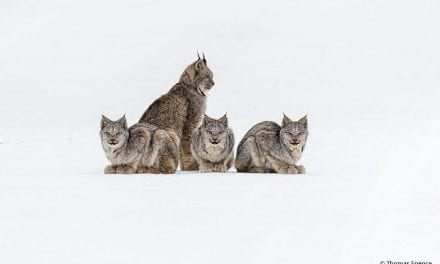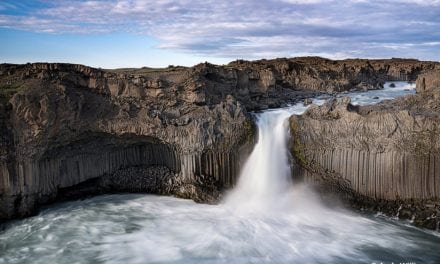
Last week, in part one of this two-part tip on composition, I covered three ways to arrange the elements in a scene in an orderly way to help make a successful photograph: balancing the primary subjects, as in not having a photo “tip” to the left, right, front or back; applying the rule of thirds, which states that the primary subject should be placed close to one of the power points within the photo; and, finally, preventing mergers, which is when key compositional elements touch or overlap one another or when the subject and background form awkward connections. Now, in part two, I conclude with three more composition conventions to contemplate.
As a refresher, here’s my definition of Composition: It’s the orderly arrangements of elements within the scene. Key components should be INcluded while those that cause a distraction should be EXcluded.

Light—Bring The Viewer’s Eye To The Main Subject: Hand in hand with good composition is learning how to read light. Use light to direct the viewer’s eye to the subject. Use the light to dictate the composition. Look for situations where the light is interesting and study the environment where it hits. Incorporate the rule of thirds and balance, and avoid mergers, which you learned about last week. If clouds create a spotlight effect, wait for the light to fall upon the primary subject. It’s great when the subject is illuminated and shadows fall behind or around it. The result is a three-dimensional effect. If the light drifts, wait for balance so no one side commands for attention because of its brightness.
The Background: As I discussed in last week’s tip, mergers occur because the photographer zeros in on the main subject and overlooks the peripheral areas. Distracting backgrounds appear in photos for the same reason. We key into the main subject and, as a result, overlook what’s behind it. When we edit our photos on the computer, we scratch our heads and wonder why we even pressed the shutter—the background looks awful! Psychologically, the shutter press occurs because of two key reasons: a) we don’t notice the distracting background when the photo is made; b) if we do notice it, we hope it won’t be as bad as it looks and still make the photo. Unfortunately, this isn’t the case. If the background is busy, no matter how you try to ignore it or hope it will be okay in the end, you’re fooling yourself. The background should be given as much attention as the subject. The more simple and clean the background, the better. It allows the viewer to concentrate on the main subject and not battle distractions. If the background is busy, move to your left, right, up or down to try to eliminate it. Often, a small shift can mean the difference between a bad and good photo.

Leading Lines: A leading line provides a visual path to journey the viewer’s eye through the photo. This occurs because our eyes naturally follow lines and their course. Photographically, the placement of a leading line dictates the route along which the viewer studies the photo. Position the start of the line at a strategic location and have it wander through the rest of the image or lead to a key element. The lower left is a great location to start the line. Leading lines can be all shapes and sizes. They can be curvy, diagonal, zigzag or even straight. The classic “S” curve is common and works well. Place the element that becomes the leading line in an area where balance can be achieved. Incorporate the rule of thirds and be aware of the background.
The more you can combine all the rules from this and last week’s tip and still produce a clean image, the sooner you’ll be on your way to creating great compositions all the time.
Visit www.russburdenphotography.com for information about his nature photography tours and safari to Tanzania.
The post Composition Conventions, Part 2 appeared first on Outdoor Photographer.
















